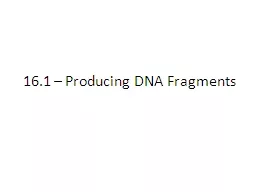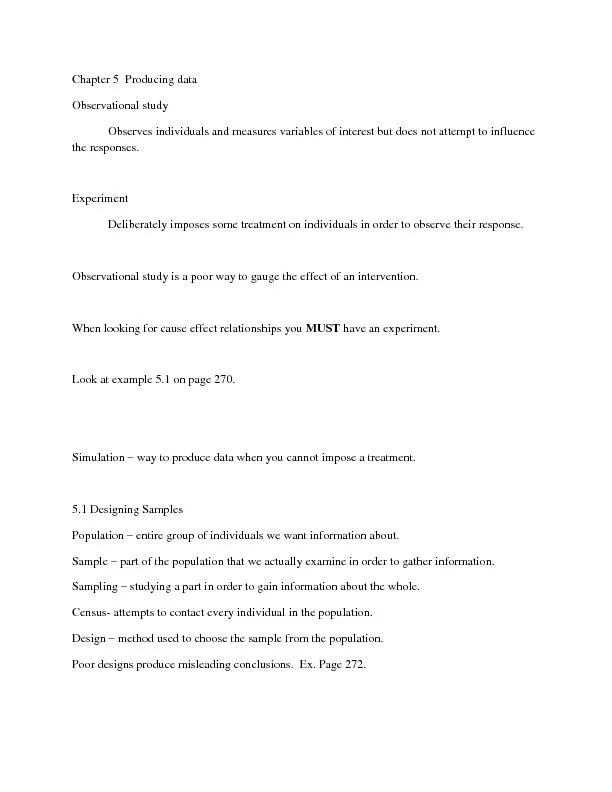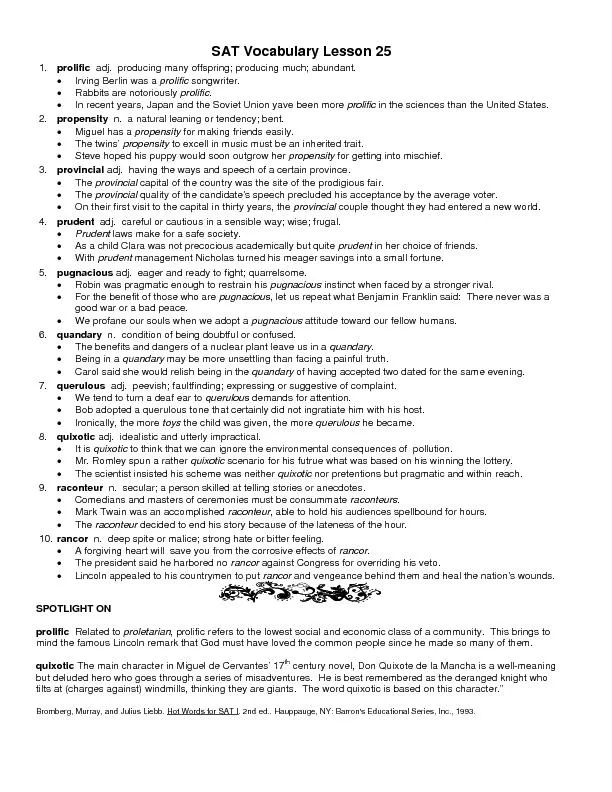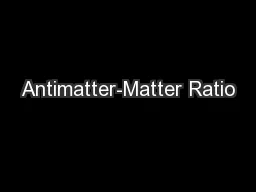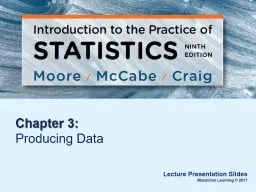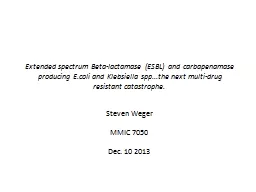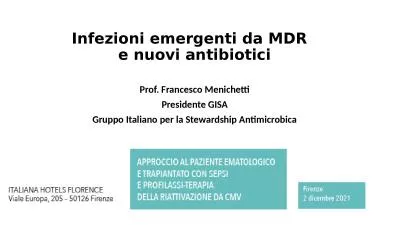PPT-Chapter 3: Producing Data
Author : tawny-fly | Published Date : 2019-12-21
Chapter 3 Producing Data 2017 WH Freeman and Company 311 A person you know gets food poisoning at a local restaurant and tells lots of people This is an example
Presentation Embed Code
Download Presentation
Download Presentation The PPT/PDF document "Chapter 3: Producing Data" is the property of its rightful owner. Permission is granted to download and print the materials on this website for personal, non-commercial use only, and to display it on your personal computer provided you do not modify the materials and that you retain all copyright notices contained in the materials. By downloading content from our website, you accept the terms of this agreement.
Chapter 3: Producing Data: Transcript
Download Rules Of Document
"Chapter 3: Producing Data"The content belongs to its owner. You may download and print it for personal use, without modification, and keep all copyright notices. By downloading, you agree to these terms.
Related Documents




